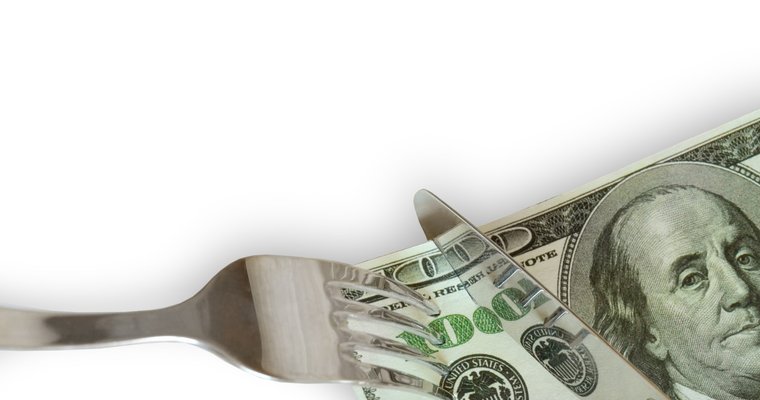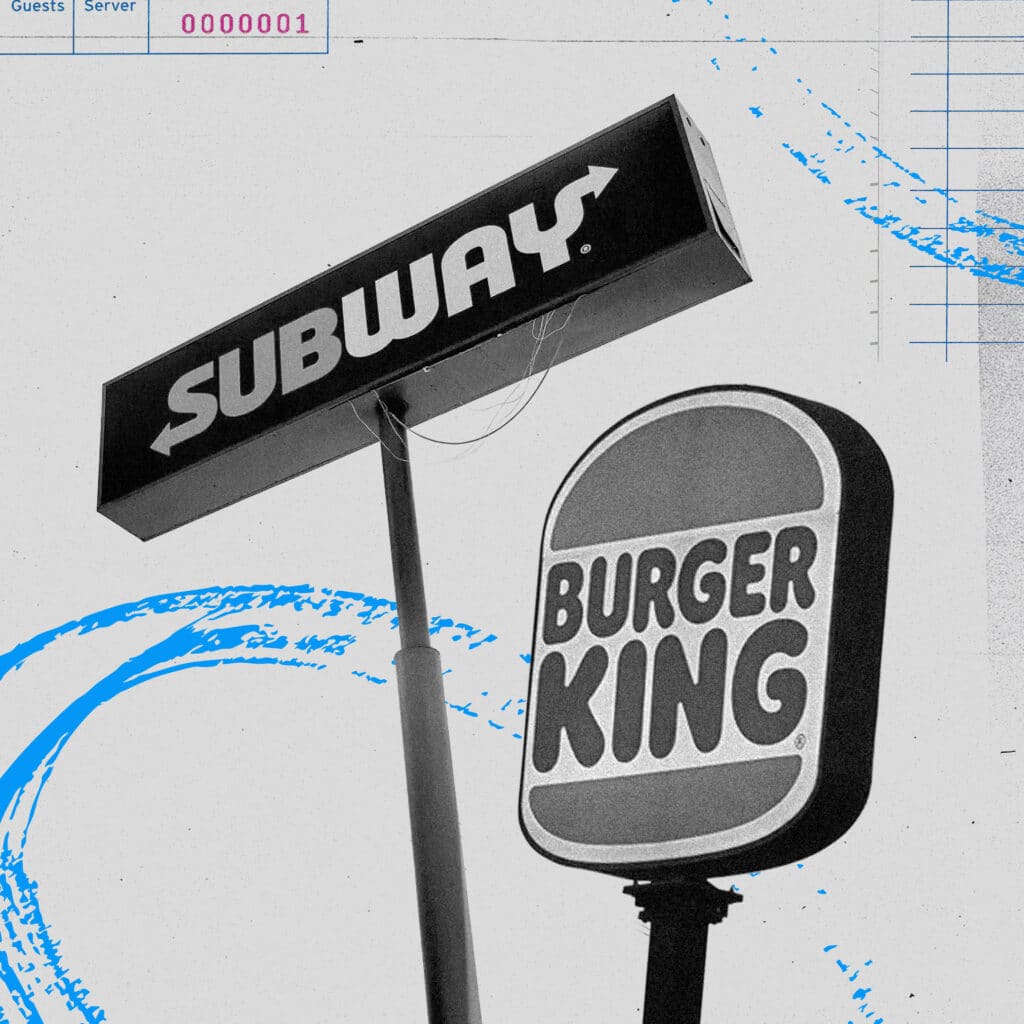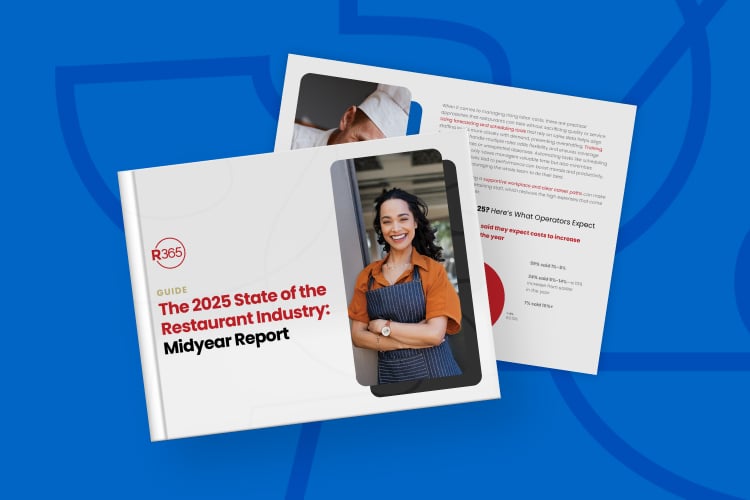This article was written for Fast Casual by John Moody, Co-Founder and Chief Strategist of Restaurant365.
From fast food to fine dining, food cost is one of the largest expenses in nearly every restaurant’s budget. Food costs are rising due to inflation and supply chain issues, and operators are feeling more strain than ever in an industry historically known for low margins.
Since the pandemic, there have been significant price hikes in products including beef, chicken, and dairy items such as milk and butter. In recent months, the avian influenza outbreaks caused the average price of a dozen large eggs to reach $4.25 in December, up from $1.79 a year earlier. This spike in food cost combined with continually rising labor cost has left restaurant operators looking for ways to keep their restaurants profitable.
Owners and managers see the overall impact on monthly or quarterly profit and loss statements, but understanding and managing food costs in real time remains a challenge for many operators. Here are the nine ways restaurants can combat food cost in 2023.
1. Review your numbers daily
If there is a large increase in a certain food cost, it may not be noticed immediately, and the issue can add up throughout the month. By the time it’s noticed on the P&L, operators may not know how the cost hike started or be able to easily find the root of the problem. With multiple items changing frequently under inflation, it’s best to conduct a daily check-in on item costs.
2. Carefully forecast inventory
Restaurant forecasting involves estimating crucial information like future sales, customer traffic, or menu ordering mix based on historical data. It draws information from sales data, market analysis, and broad economic assessments to recognize trends and proactively plan for the future to prevent costly food waste.
3. Examine your invoices
Restaurants typically have multiple invoices coming in every week. While it may seem time consuming to examine each line item, reviewing invoices for pricing errors or date entry errors is essential to controlling your food cost.
4. Re-evaluate your vendors
With rising shipping costs and supply chain issues, there may be lower prices available in areas for certain regional inventory items. If a vendor won’t match them, it might be time to consider ordering certain items from local suppliers.
5. Simplify your menu
Run a product mix (or menu item count) report to see the total amount of each menu item sold during a particular time. Items only sold a few times a month should be removed from the menu. It is unnecessary to buy product for menu items restaurants are not selling.
Beyond reducing food costs, making menu changes can also boost profits based on two main data points: demand and contribution margin. This is critical data about items sold, pulled from integrated POS sales mix, compared to item contribution margin, drawn from recipe costing. Armed with this information, operators may choose to adjust the pricing of high demand items or have waitstaff push high contribution items.
6. Right-size portions
Ensure employees follow prep sheets and par levels in the kitchen and they use a scale for prep and portion. While it may seem to slow down the prep process, weighing higher end menu items such as proteins can boost profitability. If the precooked weight of a patty should be 5 oz. to make a decent margin, but the prep team’s common practice is to eyeball the patty size, the portions may creep up slowly and unnoticed. Over time, an average patty could weigh closer to 6 oz. each. An ounce may not seem like a big difference; however, if a tray consists of five patties, that is essentially one patty on each tray being wasted.
7. Track food waste
Food waste can come from many different areas of a restaurant. It may take the form of spoiled inventory, nonadherence to recipes, trim waste, or overproduction. However, food waste is one of the largest areas of potential cost savings in a restaurant. The key to reducing food waste lies in prevention, because food can’t be wasted that was never ordered, prepped, or served in the first place. Fortunately, operators can make intelligent decisions to prevent waste based on inventory, ordering, and prepping data.
8. Multi-purpose product
Using a product in multiple dishes will save an operator money by buying in bulk, helping to move through the item quickly to avoid spoilage. If artichoke hearts are used in only one salad recipe, operators can either change the recipe to take them out or find new ways to use them before they go bad, such as on a pizza, pasta dish or special.
9. Find opportunities to upsell
A 1-2% change in customer orders can mean the difference of thousands of dollars at the end of a period. Encouraging waitstaff to recommend dishes with higher profitability, suggest wine pairings, or suggest daily specials that use seasonal items bought in bulk are easy ways to increase per person sales while improving the customer experience.
Conclusion
Inflation is subsiding and food prices are expected to grow slower in 2023 than in 2022, but still at above historically average rates. While the outlook is positive, food cost and COGS will always be a crucial part of restaurant management. Whether managing food cost as a single-location operator or part of a restaurant group, these strategies can help drive profitability in 2023 and beyond.



